Description
Chrome horn in perfect original look. This is how it must look like the shell horn.
For models with battery and 6V.
AC/DC?
ACstands for alternating current = alternating voltage = ratchet
DCstands for direct current = direct voltage = horn
ratchet
Many old vehicles without battery use alternating voltage as on-board power supply. Only so-called buzzers can be connected to it. These are recognizable by a tone pitch which increases and decreases with engine speed.
Horns
Due to the non-constant frequency, buzzers have not been in conformity with the registration of German vehicles since approx. 1980. At this time, most vehicles were equipped with a battery and a DC on-board power supply. Here the real horns are used, recognizable by a constantly constant pitch, independent of the engine speed.
Exceptions
There are some exceptions where a DC horn was used, despite the AC on-board power supply. Piaggio used so-called horn rectifiers from 1984 onwards, with the introduction of the Lusso series. Here, a special bridge rectifier with downstream capacitors, which is only responsible for the horn, converts the AC on-board power supply for the horn into DC. This rectifier can also be retrofitted to all vehicles with a 12V AC on-board power supply if, for example, the TÜV does not accept a ratchet.
NOTE: Almost all German Vespa PK and PX models require a horn (DC).
(US)
AI-translation


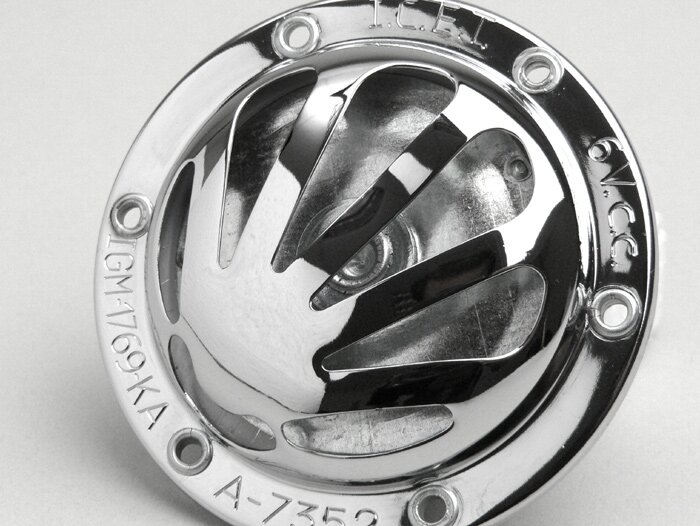
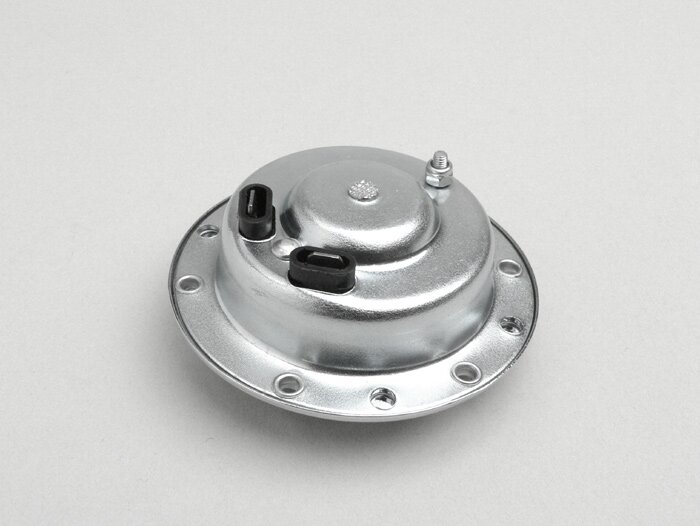
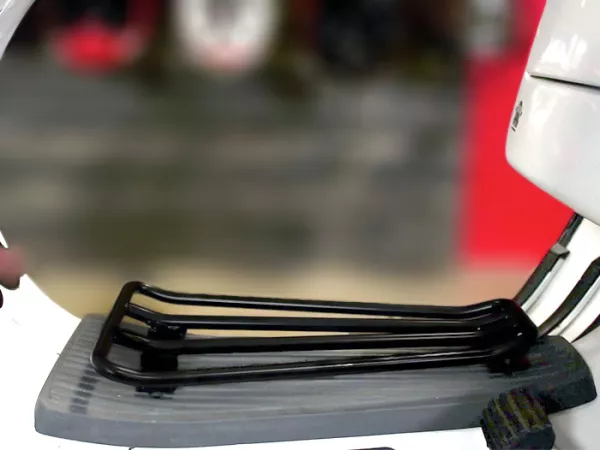
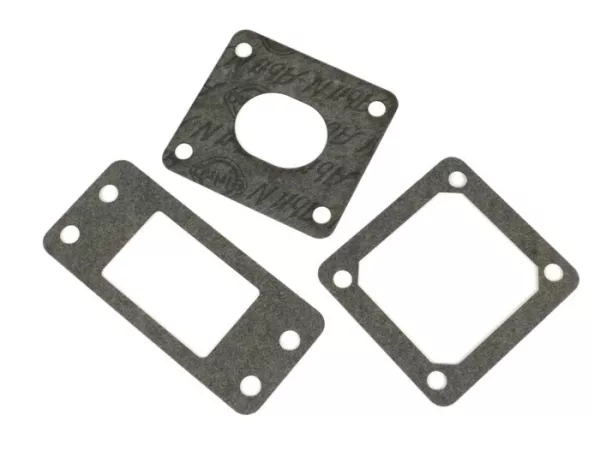
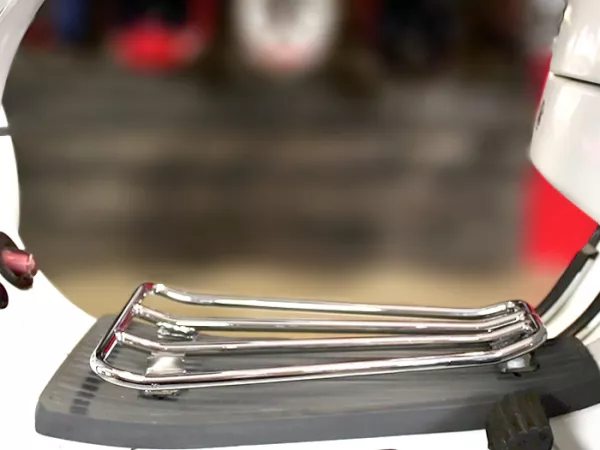
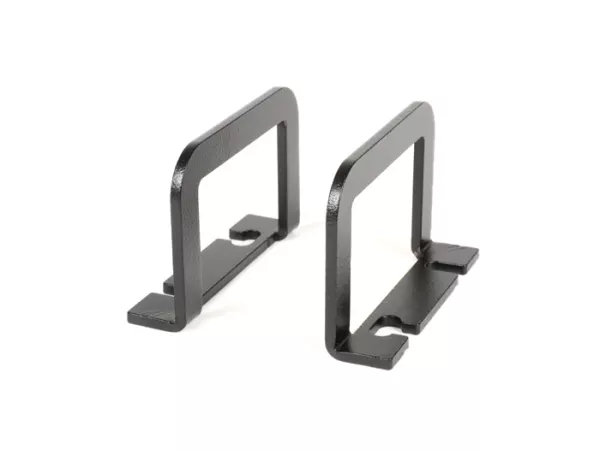
Reviews
There are no reviews yet.